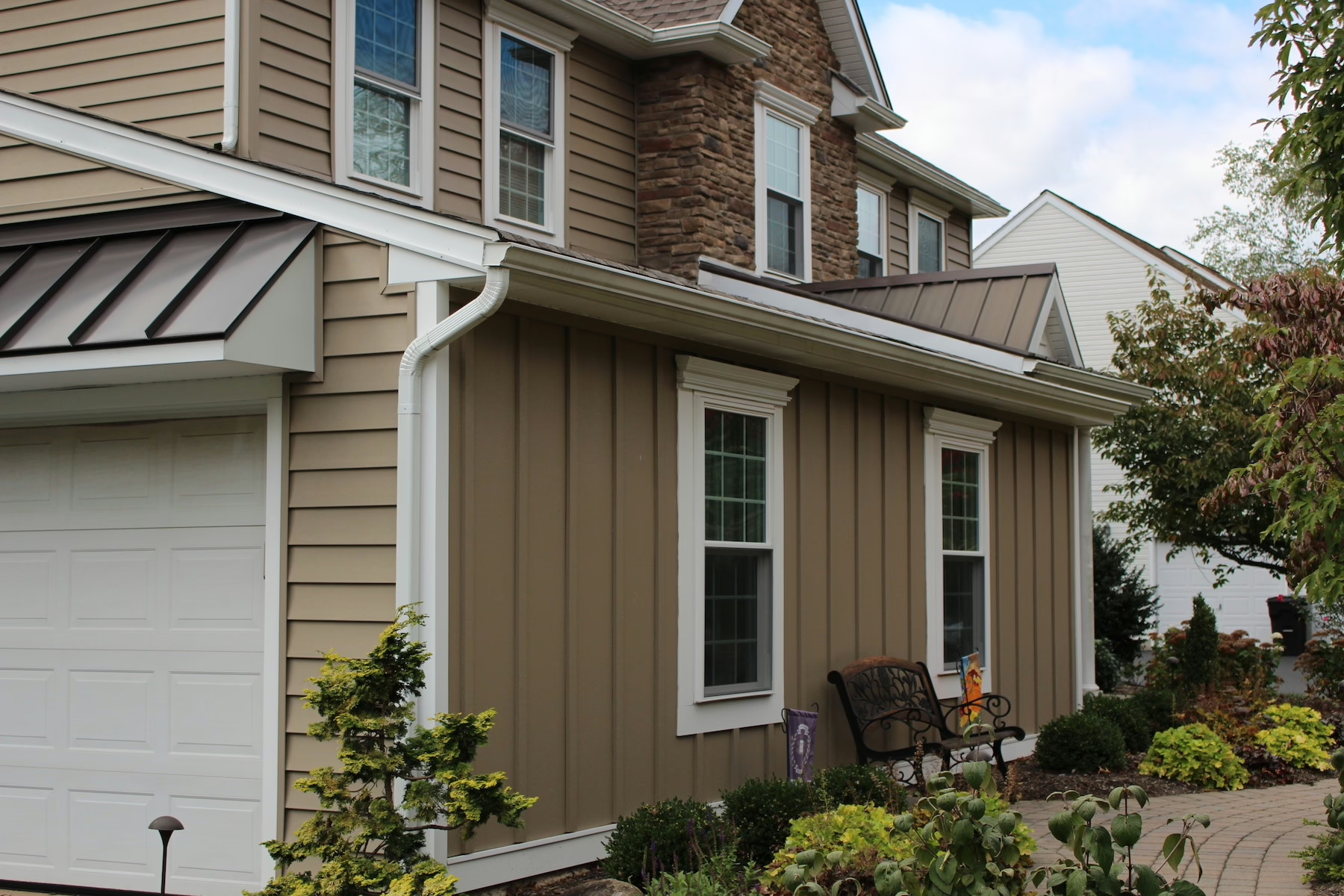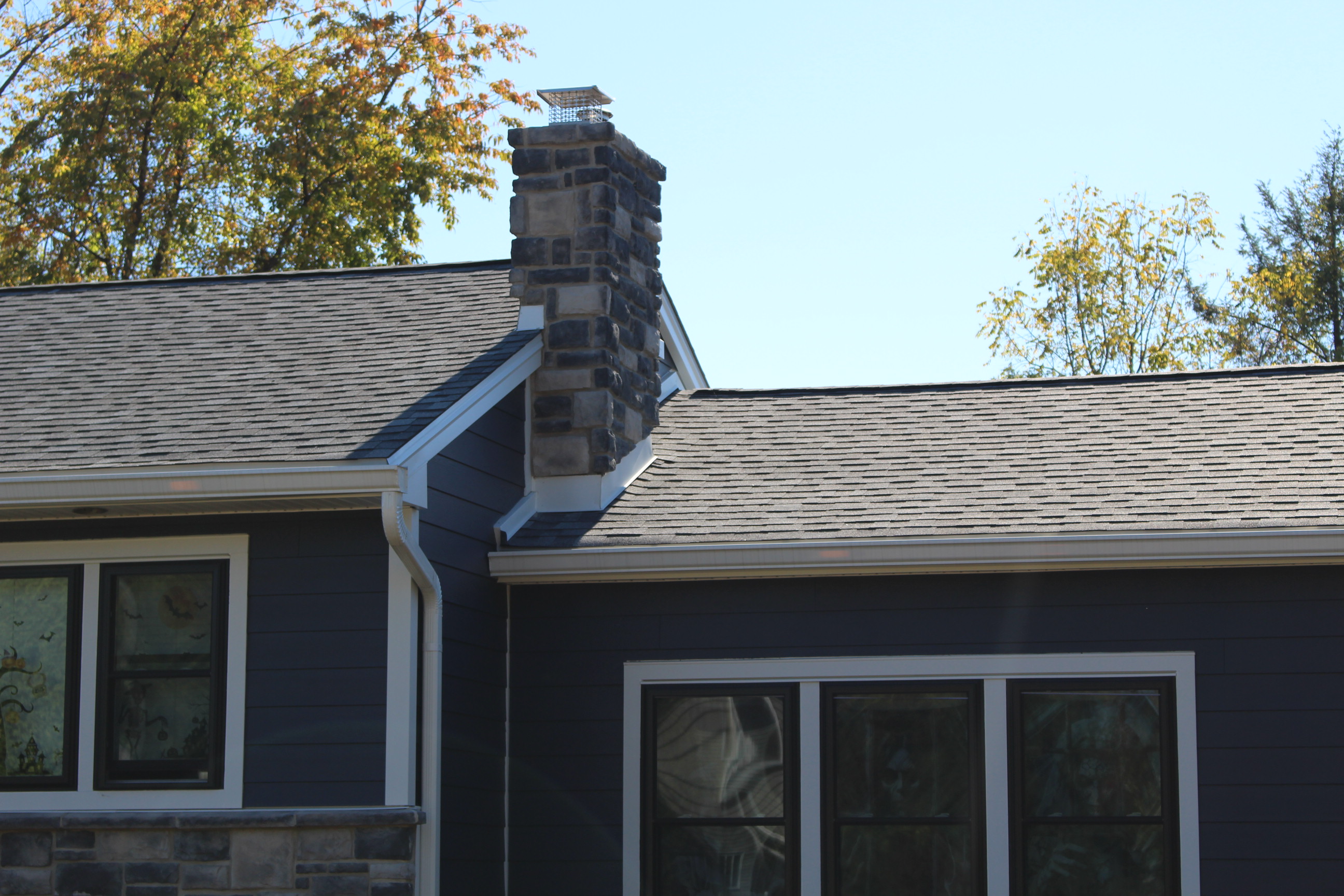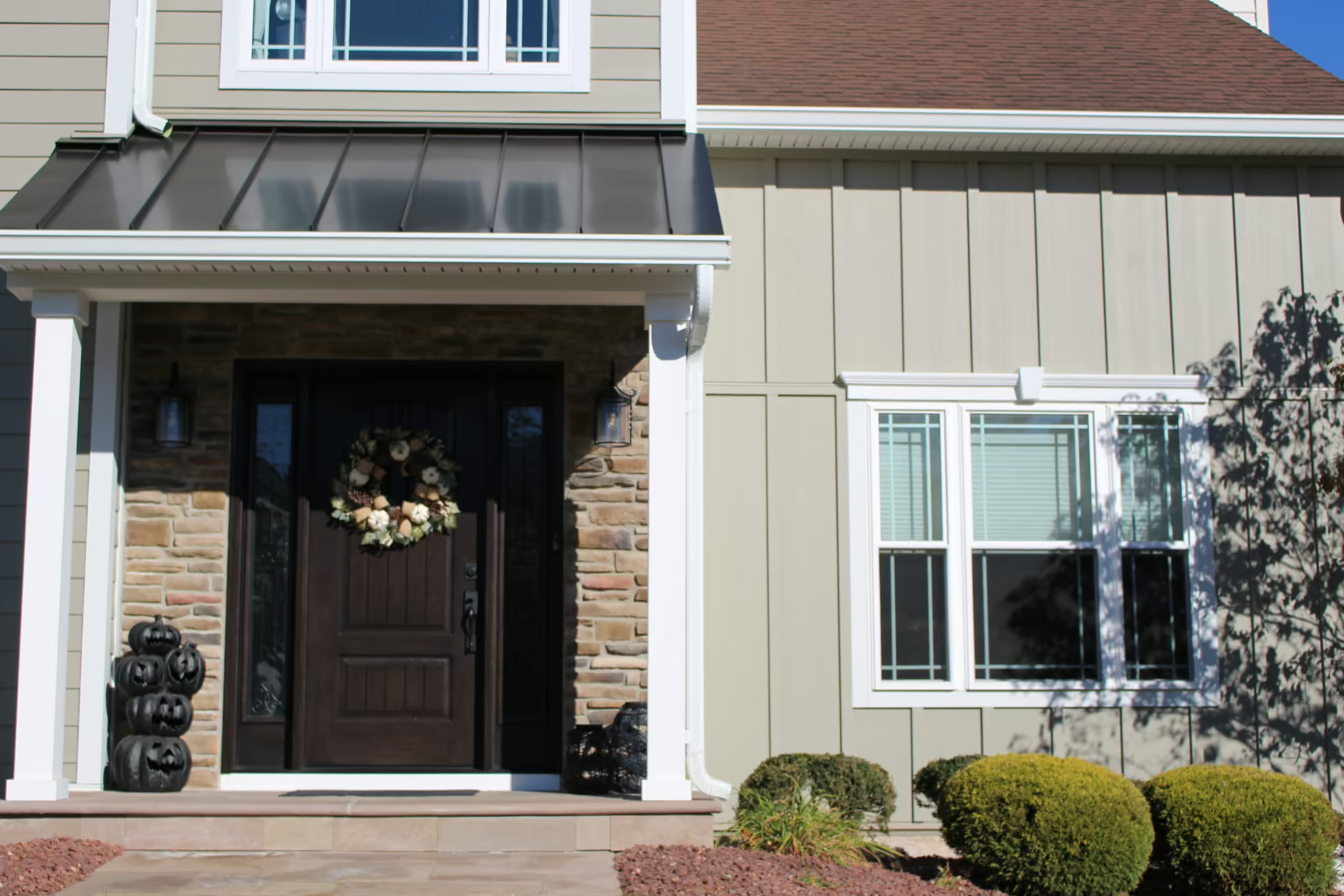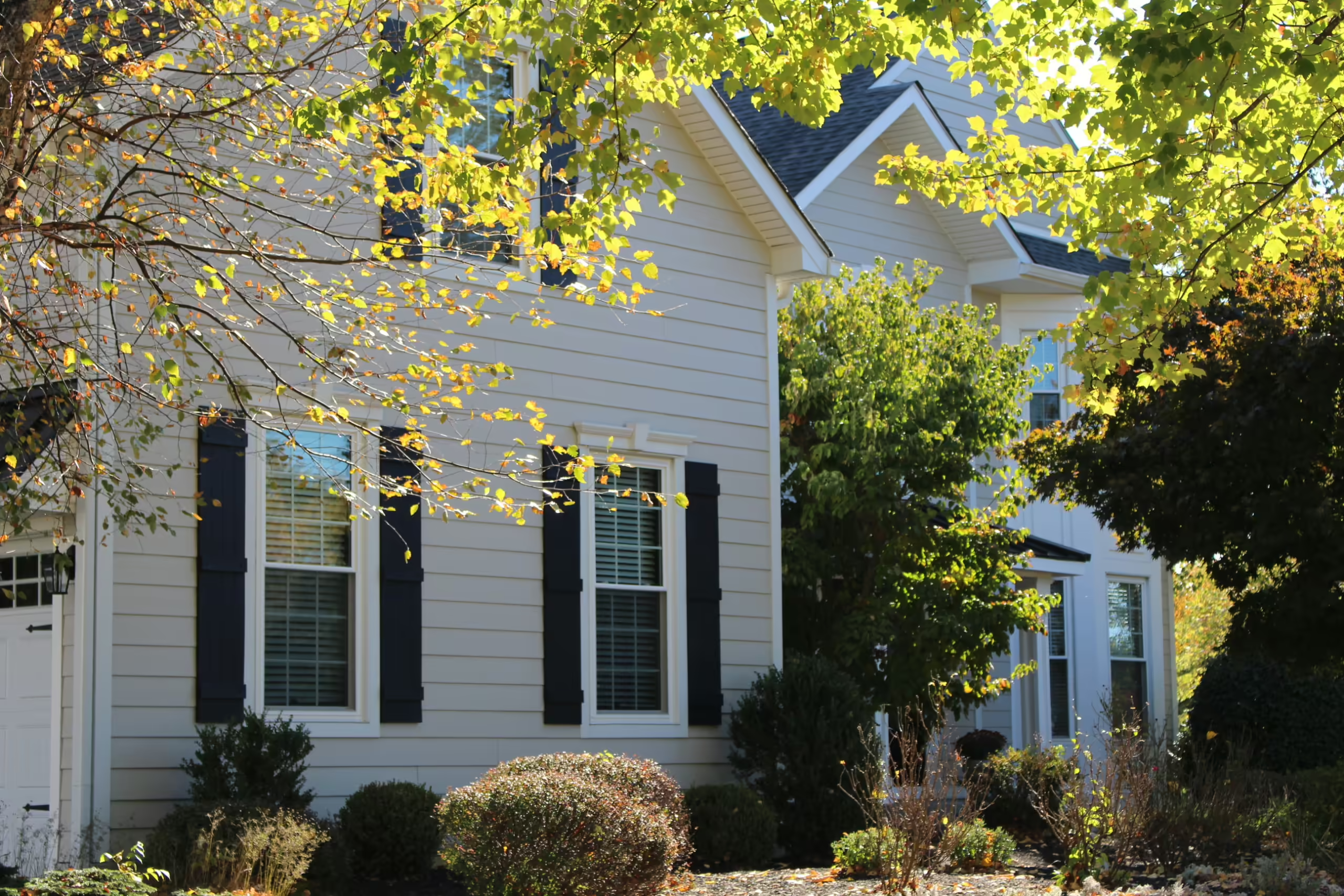Exterior home maintenance can be a real hassle, but it doesn’t have to be. If you want to avoid staring up at the unfriendly end of a wobbly ladder, you can cut your maintenance woes in half by choosing low-maintenance siding. For example, James Hardie siding is made of moisture-resistant cement fiber boards that help reduce just about any type of damage the elements can throw at it.
You don’t have to contend with issues like wood rot or ugly mold and mildew that discolors other types of siding like vinyl. And, of course, living in the Willow Grove, PA, area means you need weather resistance which James Hardie has in spades. With a 30-year warranty, you know you’re getting the best of the best. With all that said, you’ll still have to take a few steps, and we mean few, to keep your siding looking its best. So here we offer tips on how to take care of your James Hardie Siding for decades of low-maintenance living.
Cleaning
If you’ve got a pressure cleaner sitting in your garage, you probably want to use it to tackle your siding cleaning. The truth of the matter is you really don’t need a power washer for James Hardie siding. You can just use your everyday garden hose to spray the walls down every six to 12 months to wash away the dirt and debris that builds up between seasons. Use a side-to-side motion following the planks in small sections, and then you can wipe anything remaining with a soft brush or cloth.
Once you’re done, stand back and admire your work. If there’s any staining from things like deep-colored seeds from nearby trees, you can use a mild detergent and a soft brush to get rid of them. We get it if you’re a die-hard pressure washer user. Just make sure you aren’t going about this the wrong way. Use a wide fan tip, and stand at least six feet back from your house, using pressure below 1500 psi. This way, you’ll enjoy the ease of using a pressure washer without the risk of doing more harm than good.
General Property Maintenance
General property maintenance will also help you get a longer life out of your James Hardie Siding. Follow these tips:
- Gutters and downspouts: It’s all about your gutters and downspouts. If you don’t have them, you need them, and if you do have them, you need to take care of them. They can take years of maintenance time off your to-do list, protecting your entire home from water damage. As long as you clear out your gutters every spring and fall, you’ll avoid expensive repairs to your roof and siding.
- Basic gardening: Keep an eye on the growth around your home, like shrubs, bushes, and trees. They can push on the siding planks and slowly loosen or damage them.
- Deicing products: Watch your aim when sprinkling deicing products like salt on snow and ice on your driveway and walkways. These products can really do a number on siding because they’re so corrosive. Instead, use sand or gravel.
Siding Repairs
James Hardie’s ColorPlus Technology is designed for low-maintenance, long-lasting color. That means you’ll be a lot further ahead than most homeowners because Hardie siding has “baked-in color” that is UV and fade-resistant. It’s not a surface coating like paint. The color goes through the entire board, so you’re not going to have to worry about re-painting. However, over time the elements do take their toll on your house’s exterior.
If you notice damage, don’t worry. It’s not half as much of a hassle to fix compared to painting. You just need a bottle of ColorPlus® Touch-up to fill in the small holes. As long as the holes aren’t bigger than a dime, the touch-up is color-matched and will smooth out the dings. Anything larger than a dime shouldn’t be repaired. Instead, you can replace the board.
Re-Painting ColorPlus® Products
If you know you have painted James Hardie siding, it’s more about the paint used than it is about the actual boards. In fact, this can get a little dicey because you can’t use stains or oil-based/alkyd paints on James Hardie products. To be safe, you can view the Technical Bulletin #22 from James Hardie to understand how to deal with re-painting your Hardie siding. This will ensure you aren’t causing more harm than good.
Repair or Patching James Hardie Siding
You probably don’t need to be told moisture is the biggest risk to your home, inside and out. While your Hardie siding is made to deal with everything from high winds to pests, it will still take some punishment if other parts of your home are older. You’ll want to give your house a once-over every six months or so to see how it’s holding up. You can then do some basic repairs and patching.
Caulking
Caulking keeps out moisture. Look for areas where the caulking is peeling or loose and reapply it to keep water from getting in behind the boards. The areas most likely to have caulking issues include:
- Penetrations
- Flashings
- Plank and trim connection
- Windows
- Doors
Just be sure you’re using caulks and sealants that say they are “permanently flexible.” James Hardie recommends Elastomeric or Latex Joint Sealants.
Repairs
The actual boards themselves are tough and can stand up to just about anything Mother Nature can throw at them. But again, over time, you’ll start to see things like cracks, dents, and dings that can leave the boards open to further damage. You can use a “cementitious” patching compound, which just means it’s compatible with cement fiberboard.
Enjoy James Hardie Siding with Preferred Home Improvement
These tips will help keep your James Hardie siding in excellent shape so you can enjoy more downtime.
Thinking about getting new siding? You’ll be amazed at how it can bring a transformation to your Willow Groves home’s exterior. As a James Hardie Elite Preferred Contractor, you can trust the Preferred Home Improvement team with your siding installation. Get a free quote today!



